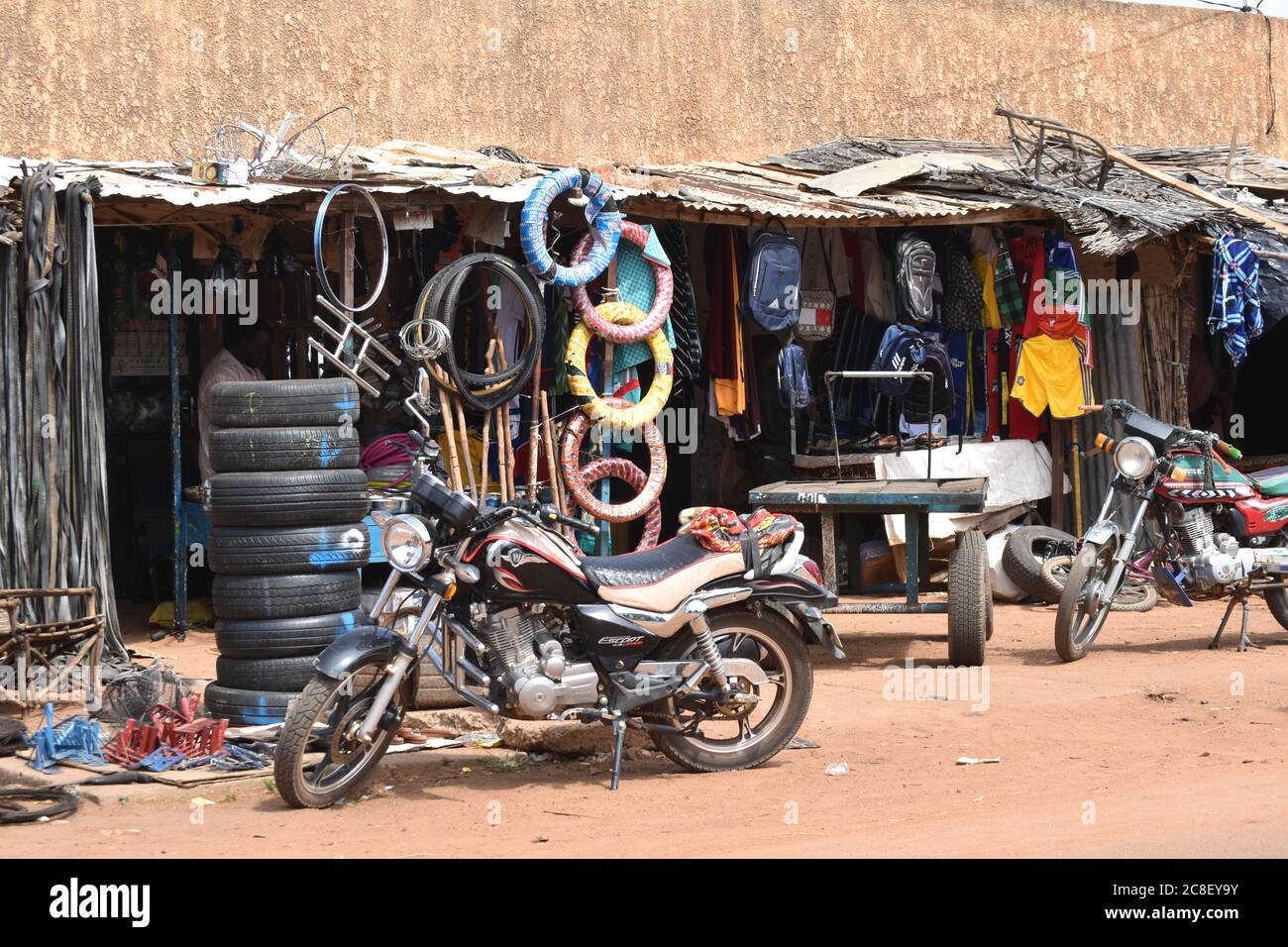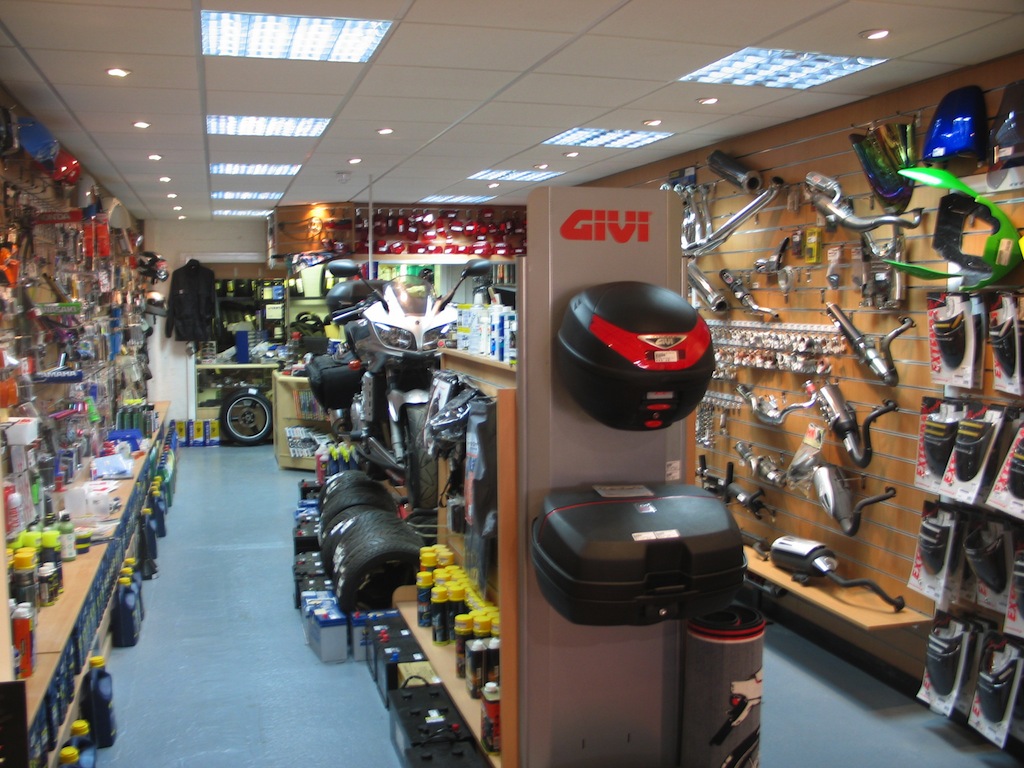Shop the very best MX Parts NZ for Your High-Performance Bike
Shop the very best MX Parts NZ for Your High-Performance Bike
Blog Article
Recognizing the Crucial Parts of a Motorcycle: A Comprehensive Overview for Lovers
For bike lovers looking to raise their riding experience and ensure their bikes run efficiently, comprehending the vital parts of a motorcycle is vital. Each element, from the engine's complex workings to the crucial role of the stopping systems, not only impacts performance yet additionally safety and convenience.
Engine Components

The camshaft plays a vital role in controlling the timing of the engine's shutoffs, ensuring the accurate opening and closing essential for reliable fuel and air consumption, in addition to exhaust expulsion. This timing is vital to maintaining optimum engine efficiency and effectiveness. Furthermore, the carburetor or fuel shot system, relying on the bike model, is in charge of mixing air with gas in the appropriate ratio for burning.
The air conditioning system, either air or liquid-based, functions to maintain the engine's temperature level within operational limitations, preventing overheating and ensuring longevity - motocross gear. Each component, diligently designed and integrated, adds to the smooth procedure of the engine, defining the bike's power output and general efficiency
Transmission System
Essential to the motorbike's capability, the transmission system guarantees efficient power transfer from the engine to the wheels. This system consists of numerous vital components, consisting of the clutch, transmission, and last drive, each playing an important function in converting the engine's power into motion. The clutch, typically run by a hand lever, offers to engage and disengage the engine from the transmission, permitting for smooth gear modifications and controlled velocity.
The gearbox, typically described as the transmission appropriate, has a collection of gears that riders can manually move with to change the bike's rate and torque output. These equipments are set up in a sequence that makes it possible for the bike to speed up efficiently and maintain optimum engine efficiency across different speeds. The majority of bikes use a sequential transmission, needing the motorcyclist to shift gears in an established order.
Braking Devices
While comprehending the transmission system is key to harnessing a bike's power, just as important is the ability to manage and stop that power properly, which is where stopping systems enter play. Brakes are critical for safety and security and efficiency, supplying the motorcyclist with the necessary control to browse numerous terrains and problems. Typically, motorbikes feature 2 kinds of braking systems: disc brakes and drum brakes.
Disc brakes are extra common in modern-day motorcycles because of their remarkable efficiency. They consist of a brake disc, caliper, and pads. When activated, the caliper squeezes the brake pads versus the rotating disc, converting kinetic power into warm, consequently slowing down the wheel. This system offers better warmth dissipation, consistent performance, and improved quiting power, particularly in damp problems.
Conversely, drum brakes, though less usual, are still discovered in some bikes. They work by pushing brake footwear against the internal surface area of a drum connected to the wheel. While generally much less efficient in warm dissipation and quiting power, drum brakes are easier and more affordable.
Recognizing these braking systems' subtleties enables motorcyclists to maintain their motorbikes appropriately and appreciate the design that guarantees reliable and safe stopping.
Suspension and Guiding
Suspension and steering systems are essential components that significantly influence a bike's handling and trip comfort. The suspension system, consisting of forks at the front and shock absorbers at the back, soaks up road motorcycle gas cap abnormalities, boosting security and control. Front forks, upside down or generally telescopic, compress and rebound to mitigate impacts, while rear shock absorbers preserve tire call with the road, vital for traction and safety and security.
Steering, focused around the handlebars, connects the rider to the motorcycle's directional control. The guiding head bearings make sure smooth procedure, allowing specific maneuverability. Correct placement and upkeep of these bearings are critical for foreseeable guiding response and lowering biker tiredness.
The suspension's adjustability is one more vital facet; preload, damping, and rebound setups enable customization to match various riding conditions and styles. This versatility is necessary for enhancing efficiency, whether browsing city roads or taking on rugged trails. Technologies like electronic suspension systems offer real-time modifications, boosting adventure quality throughout varied terrains.

Electrical Solutions
After guaranteeing a smooth and regulated experience via effective suspension and steering systems, interest transforms to the electrical systems, an essential element of modern motorbikes. These systems play a crucial duty not just in beginning the engine but likewise in powering various components that boost the performance and safety of the bike.
At the heart of a motorbike's electric system is the battery, which stores electrical power essential for starting the engine and powering auxiliary systems - motox parts nz. The alternator or generator, coupled with the rectifier-regulator, makes certain the battery continues to be charged while the bike is in operation, converting power into electrical power and keeping voltage degrees
The ignition system, one more crucial element, is accountable for igniting the air-fuel combination in the engine's cylinders. Modern motorcycles typically utilize an electronic ignition click this system, providing better efficiency and dependability contrasted to standard systems.
Lights systems, including fronts lights, tail lights, and signs, are likewise vital, guaranteeing presence and safety and security for the rider. Extra digital parts such as sensors, control systems, and shows add to sophisticated attributes like gas shot monitoring, anti-lock braking systems (ABDOMINAL MUSCLE), and electronic control panels, further improving the site here riding experience.
Conclusion
A comprehensive comprehension of a motorcycle's essential parts, including the engine, transmission system, braking devices, suspension, steering, and electrical systems, is indispensable for fanatics intending to optimize convenience, safety, and efficiency. Mastery of these aspects allows for educated decisions regarding maintenance and upgrades, inevitably enhancing the riding experience. By integrating this knowledge, cyclists can guarantee their motorcycles operate at peak performance and reliability, thereby making best use of both pleasure and durability of their lorries.
For motorbike enthusiasts looking to elevate their riding experience and ensure their bikes run efficiently, recognizing the essential components of a motorbike is paramount.Important to the bike's performance, the transmission system guarantees efficient power transfer from the engine to the wheels.While understanding the transmission system is vital to taking advantage of a bike's power, just as important is the capability to manage and quit that power successfully, which is where stopping devices come right into play. Typically, motorcycles include 2 types of braking systems: disc brakes and drum brakes.
An extensive understanding of a motorbike's necessary elements, including the engine, transmission system, braking mechanisms, suspension, steering, and electrical systems, is vital for lovers aiming to enhance convenience, performance, and safety.
Report this page